Unlock the timeless art of preserving flavors with the enchanting marriage of fruits and fermentation! Here’s a deep-dive into the age-old technique of lacto-fermentation with a peachy twist, perfect for food lovers and health enthusiasts alike. Discover the wonders of this craft and immerse yourself into the delightful world of peach chutney — a harmonious blend of sweet, tangy, and spicy flavors that tantalizes the taste buds.
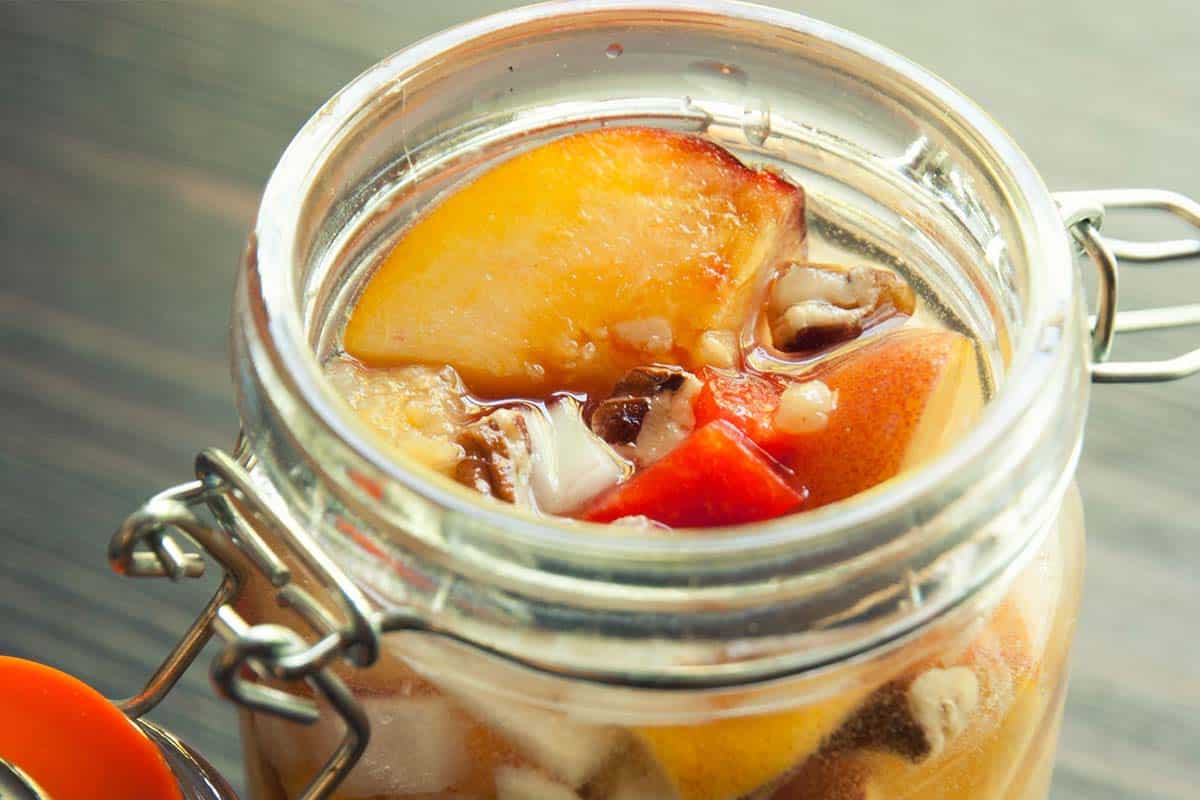
Jump to:
Lacto-Fermented Peach Chutney
Lacto-fermentation is among the oldest methods of food preservation, tracing its roots back to ancient civilizations. Once considered alchemy, this process mere involves cultivating natural, beneficial bacteria to prolong the life of fresh produce and enhance flavors. Unlike pickling that involves vinegar, lacto-fermentation relies on the natural sugars present in the food, which bacteria then convert into lactic acid, another natural preservative.
Chutney, a condiment in Indian cuisine, traditionally balances the sweet and the tangy. It's made with various fruits, vegetables, and an array of spices. The fusion of ripe peaches with aromatic spices and a dash of acidity results in a heavenly spread that pairs well with meats like a Roast Leg of Lamb, or as a garnish for an amazing Raw Kale Salad.
Ingredients
Serves: 128 Prep Time: 40 minutes Ferment Time: 2-4 days
- 16 peaches, cored and coarsely chopped
- 2 cups raisins
- 2 cups pecans, chopped
- 3 ½ tablespoon sea salt
- Juice of 5 lemons
- 4 onions, finely chopped
- 4 tablespoon grated fresh ginger
- 4 hot peppers, fresh or dried, chopped
How to Make Lacto-Fermented Peach Chutney
Combine the chopped pears with the raisins, pecans, sea salt, lemon juice, onions, ginger and hot peppers together.
Place the mixture little by little in your fermentation jar, pounding it vigorously to release the juices.
Make sure the mixture fills the jar up to 1 inch bellow the top (because of the expansion) and that the extracted water covers the mixture. If not, create a brine of 2 tablespoons sea salt to 4 cups water and add it to the mixture.
Press the vegetables and keep them under the brine by placing a plate or a lid on top weighted down by a rock or a jug of water. Cover with a clean towel if needed to keep out fruit flies.
Place the fermentation jar in a warm spot in your kitchen and allow the chutney to ferment for 2 to 4 days.
Check on it from time to time to be sure that the brine covers the vegetables and to remove any mold that may form on the surface.
A good way to know when it’s ready is to taste it during the fermentation process and move it to the refrigerator when you’re satisfied with the taste.
More Unique Recipes
If you love unique recipes as much as I do, then you'll want to add it to your meal plan regularly. Below are a few more family-favorite recipes to check out and bookmark for making soon.
- Braised Rabbit with Thyme
- Bacon Wrapped Sausage with Apples
- Nicoise Chicken Stew Recipe
- Paleo Bison Meatloaf
📖 Recipe
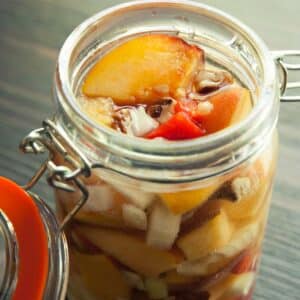
Lacto-Fermented Peach Chutney
Ingredients
Instructions
- Combine the chopped pears with the raisins, pecans, sea salt, lemon juice, onions, ginger and hot peppers together.16 peaches, cored and coarsely chopped, 2 cups raisins, 2 cups pecans, 3 ½ tablespoon sea salt, Juice of 5 lemons, 4 onions, 4 tablespoon grated fresh ginger, 4 hot peppers
- Place the mixture little by little in your fermentation jar, pounding it vigorously to release the juices.
- Make sure the mixture fills the jar up to 1 inch bellow the top (because of the expansion) and that the extracted water covers the mixture. If not, create a brine of 2 tablespoons sea salt to 4 cups water and add it to the mixture.
- Press the vegetables and keep them under the brine by placing a plate or a lid on top weighted down by a rock or a jug of water. Cover with a clean towel if needed to keep out fruit flies.
- Place the fermentation jar in a warm spot in your kitchen and allow the chutney to ferment for 2 to 4 days.
- Check on it from time to time to be sure that the brine covers the vegetables and to remove any mold that may form on the surface.
- A good way to know when it’s ready is to taste it during the fermentation process and move it to the refrigerator when you’re satisfied with the taste.

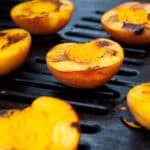
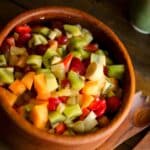

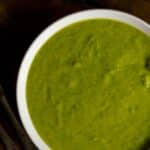
Leave a Reply